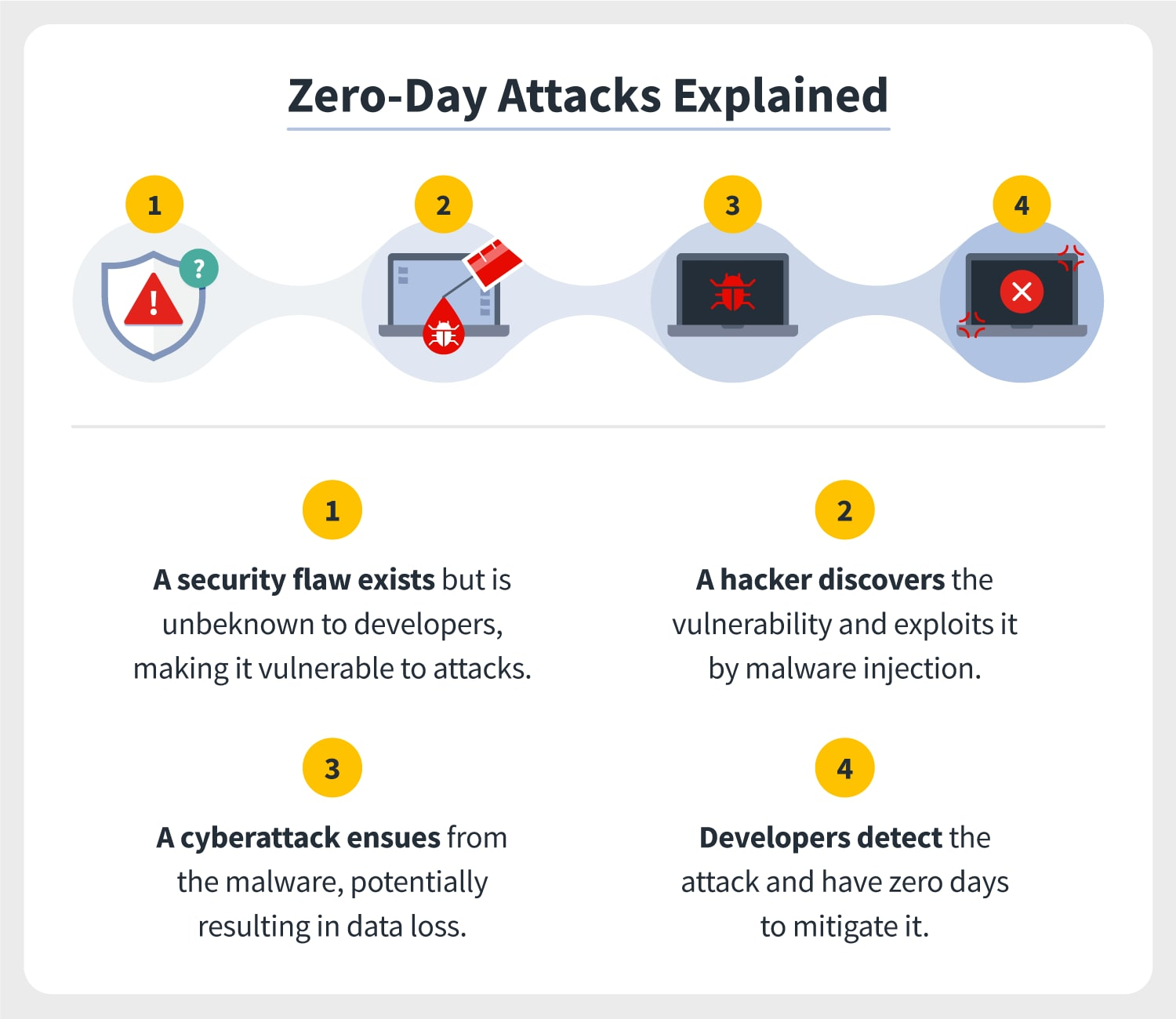For all supported versions of its Windows operating system and other devices, Microsoft delivered its August 2020 batch of software security updates on Wednesday, August 12, 2020.
If you fail to update your Windows devices, you can be hacked by:
- Due to bugs in Windows Codecs and Microsoft Media Foundation, playing a video file
- Due to a Windows Media Audio Codec issue, playing audio
- Using Internet Explorer to browse the web
- Due to a bug in the MSHTML Engine, editing an HTML page
- Due to a flaw in the Microsoft Edge PDF viewer, reading a PDF
- Getting an email as a result of a Microsoft Outlook bug
The security patches address 120 recently found software flaws, including 17 serious flaws.
You run the danger of a zero-day attack if the new update is not installed on your Windows devices.
READ MORE: Cyber Threat Report: SBA COVID-19 Phishing Emails
A zero-day assault is one that takes advantage of a flaw in software security and may include spyware, malware, adware, or unauthorised access to user data.
A zero-day attack may be compared to your front door. You might assume it’s locked, but a burglar finds out it’s not and enters unnoticed.
At this point, all of your belongings are up for grabs, and they might have already left your home before you even realised it.
Two of these security holes have already been used by hackers as of right now.
Here is an article on them.
We strongly advise you to install the software security update right away in order to protect yourself.
Install the new version by going to the Start Menu, selecting Settings, and then clicking on Security and Update.
READ MORE: Cyber Threat Report: Major Breaches for the Travel Industry


